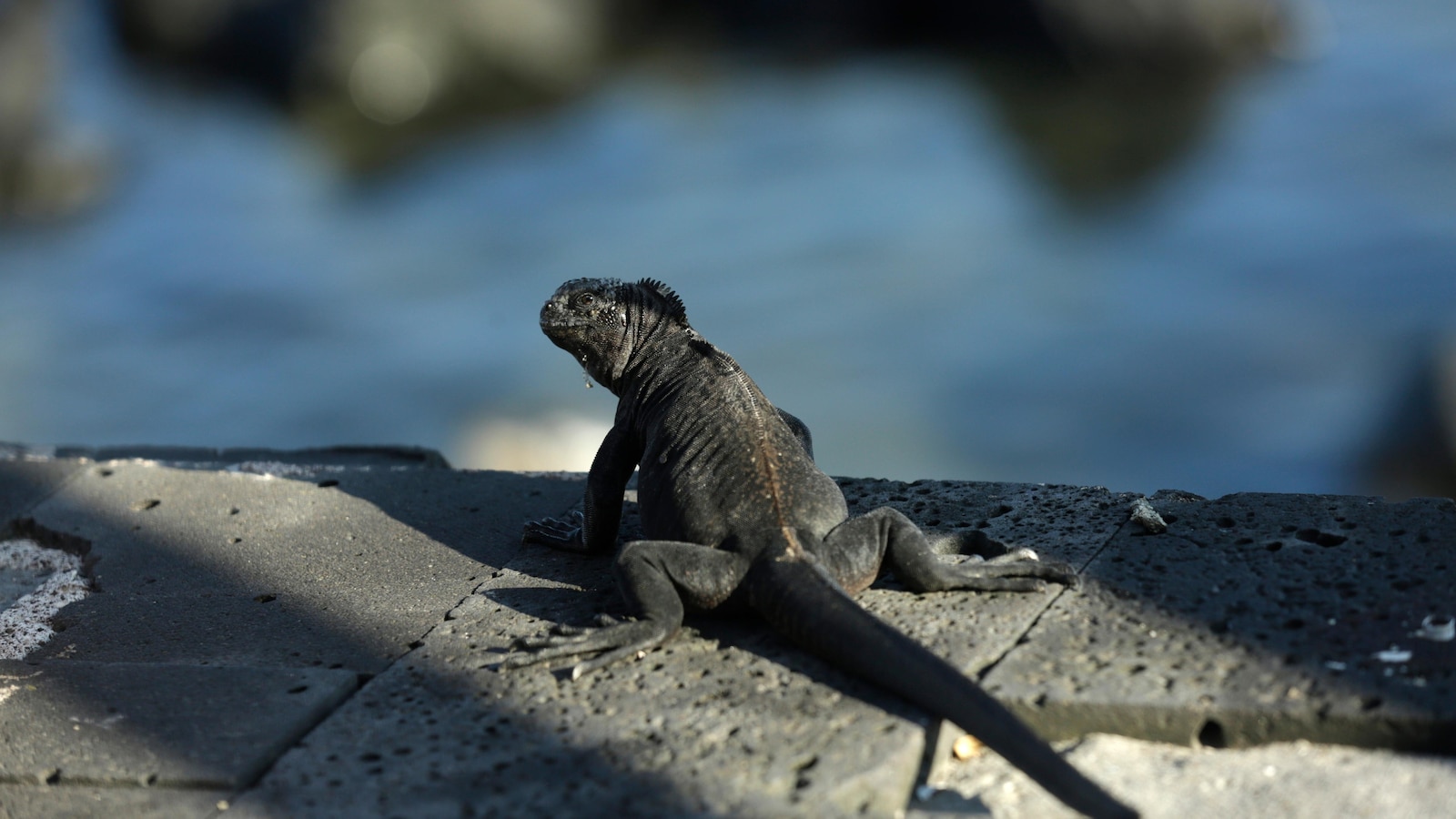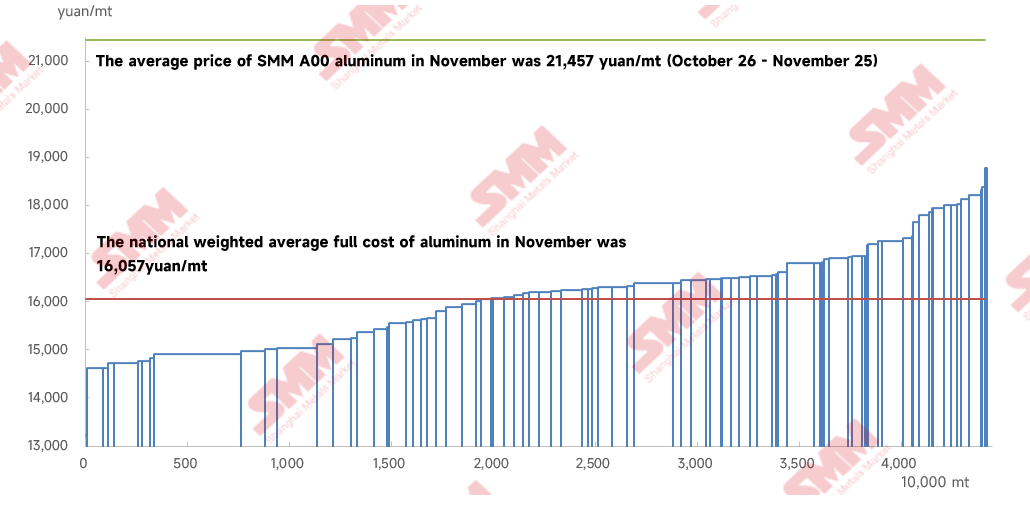Green Sea Turtles No Longer Endangered Species in Major Conservation Win – Earth.Org

Report on the Conservation Status of the Green Sea Turtle and Implications for Sustainable Development Goals
Summary of Reclassification
A recent assessment by the International Union for Conservation of Nature (IUCN) has resulted in the reclassification of the green sea turtle (Chelonia mydas) on the Red List of Threatened Species. This report details the change in status and analyzes its connection to the United Nations Sustainable Development Goals (SDGs), particularly SDG 14 (Life Below Water).
- Previous Classification: Endangered
- New Classification: Least Concern
- Assessment Period: The reclassification follows a December 2024 assessment which confirmed a global population increase since the 1970s.
- Significance: This recovery serves as a key indicator of successful marine conservation, directly contributing to the targets set under SDG 14.
Conservation Efforts and Alignment with Global Goals
Strategies Supporting SDG 14 and SDG 15
The recovery of the green turtle population is attributed to sustained, multi-faceted conservation actions that align with several SDGs. These efforts demonstrate the efficacy of targeted interventions in achieving global biodiversity targets.
- Protection of Nesting Habitats: The focus on protecting nesting females and their eggs on beaches directly supports SDG 15 (Life on Land), which includes targets to halt biodiversity loss and protect terrestrial ecosystems.
- Sustainable Community Engagement: The expansion of community-based initiatives to reduce the unsustainable harvest of turtles and their eggs for consumption addresses SDG 14.4, which aims to end overfishing and destructive fishing practices.
- Reduction of Marine Bycatch: The implementation of Turtle Excluder Devices and other measures to reduce the accidental capture of turtles in fishing gear is a critical action for achieving SDG 14.2, which focuses on protecting marine and coastal ecosystems.
- Curtailment of Illegal Trade: Efforts to curtail trade in turtle products contribute to SDG 15.7, which calls for urgent action to end poaching and trafficking of protected species of flora and fauna.
The Role of Global Partnerships (SDG 17)
The success is described as a powerful example of coordinated global conservation over decades. This highlights the importance of SDG 17 (Partnerships for the Goals), as collaboration between international bodies like the IUCN, conservation groups such as WWF, and local communities has been fundamental to achieving these results.
Broader Context of Global Biodiversity and SDG Challenges
Persistent Threats to SDG 13, SDG 14, and SDG 15
While the green turtle’s recovery is a significant achievement, the latest IUCN Red List update underscores a broader, alarming trend of global biodiversity decline. This indicates that comprehensive progress towards SDG 13 (Climate Action), SDG 14, and SDG 15 remains severely challenged.
- Avian Population Decline: 61% of bird species are reported to have declining populations, a direct threat to the objectives of SDG 15.
- Climate Change Impacts: Arctic seals are moving closer to extinction due to sea ice loss, demonstrating the severe impact of climate change on biodiversity and the urgent need for progress on SDG 13.
- Species Extinction: The confirmation of six new species extinctions, including the Christmas Island shrew and the slender-billed curlew, represents a failure to meet fundamental biodiversity targets within SDG 15.
Conclusion and Future Outlook
The reclassification of the green sea turtle is a major conservation victory and proof that coordinated action can reverse population decline, contributing positively to SDG 14. However, it is not a time for complacency. Continued conservation efforts are required to address persistent threats, including fishing gear entanglement, habitat loss, and climate change, to ensure that progress towards the Sustainable Development Goals is maintained and expanded to other threatened species.
Analysis of the Article in Relation to Sustainable Development Goals
1. Which SDGs are addressed or connected to the issues highlighted in the article?
-
SDG 14: Life Below Water
- The article’s primary focus is the conservation status of the green sea turtle, a marine species. It discusses threats within marine ecosystems such as unsustainable harvesting, accidental capture in fishing gear, and the importance of healthy marine habitats.
-
SDG 15: Life on Land
- The article extends the discussion from marine life to broader biodiversity loss, mentioning the declining populations of bird species due to deforestation and habitat degradation, as well as the extinction of terrestrial species like the Christmas Island shrew and a type of ebony tree.
-
SDG 13: Climate Action
- Climate change is explicitly mentioned as a threat to both green turtles and Arctic seals. The article notes that the Arctic is warming significantly faster than the rest of the world, leading to sea ice loss which threatens seal populations.
-
SDG 17: Partnerships for the Goals
- The success in green turtle conservation is attributed to “decades of sustained conservation action” and “coordinated global conservation.” This highlights the collaboration between organizations like the IUCN and WWF, as well as community-based initiatives, which is central to SDG 17.
2. What specific targets under those SDGs can be identified based on the article’s content?
-
SDG 14: Life Below Water
- Target 14.2: “By 2020, sustainably manage and protect marine and coastal ecosystems to avoid significant adverse impacts…” The article supports this by emphasizing the need to keep turtle habitats “healthy, and their ecological functions intact” and mentioning the protection of nesting beaches.
- Target 14.4: “By 2020, effectively regulate harvesting and end overfishing, illegal, unreported and unregulated fishing and destructive fishing practices…” This is addressed through the mention of successful efforts to “reduce unsustainable harvest of turtles and their eggs” and the use of “Turtle Excluder Devices” to reduce accidental capture in fishing gear.
-
SDG 15: Life on Land
- Target 15.5: “Take urgent and significant action to reduce the degradation of natural habitats, halt the loss of biodiversity and, by 2020, protect and prevent the extinction of threatened species.” The entire article revolves around this target, contrasting the success of preventing the extinction of green turtles with the ongoing decline of bird species and the confirmed extinction of others like the Christmas Island shrew.
- Target 15.7: “Take urgent action to end poaching and trafficking of protected species of flora and fauna…” The article directly relates to this by citing the curtailing of trade in turtles and their eggs as a key conservation action.
-
SDG 13: Climate Action
- The article implies a connection to targets focused on mitigating climate change impacts on ecosystems. The mention of climate change as a threat to green turtles and the primary threat to Arctic seals due to sea ice loss underscores the urgency of climate action to protect biodiversity.
-
SDG 17: Partnerships for the Goals
- Target 17.16: “Enhance the global partnership for sustainable development, complemented by multi-stakeholder partnerships…” The article provides a clear example of this target in action, describing the green turtle’s recovery as a “powerful example of what coordinated global conservation over decades can achieve,” involving international bodies (IUCN), conservation groups (WWF), and “community-based initiatives.”
3. Are there any indicators mentioned or implied in the article that can be used to measure progress towards the identified targets?
-
IUCN Red List Status:
- The central indicator in the article is the reclassification of the green turtle on the IUCN Red List of Threatened Species from “endangered” to “least concern.” This classification system is a direct measure of the extinction risk of a species and is used to track progress for Target 15.5. The article also uses this indicator to report on the negative progress for other species, such as seals moving closer to extinction and others being newly classified as “Extinct.”
-
Population Trends and Percentages:
- The article provides quantitative data to measure population changes. It states that the global green turtle population has seen an “increase of around 28% compared to 1970s and 1980s levels.” Conversely, it notes that “61% of bird species have declining populations.” These statistics serve as direct indicators of whether biodiversity is being lost or restored.
-
Implementation of Conservation Measures:
- The article implies progress can be measured by the adoption of specific conservation actions. The mention of using “Turtle Excluder Devices” is an indicator of the implementation of practices to reduce bycatch, which relates to Target 14.4.
4. Table of SDGs, Targets, and Indicators
| SDGs | Targets | Indicators |
|---|---|---|
| SDG 14: Life Below Water | Target 14.4: Effectively regulate harvesting and end overfishing and destructive fishing practices. | Implementation of measures like “Turtle Excluder Devices” to reduce accidental capture of turtles in fishing gear. |
| SDG 15: Life on Land | Target 15.5: Halt the loss of biodiversity and prevent the extinction of threatened species. | The IUCN Red List status of species (e.g., green turtle’s reclassification from “endangered” to “least concern”; six new species moved to “Extinct”). |
| SDG 15: Life on Land | Target 15.5: Halt the loss of biodiversity. | Population trend data (e.g., green turtle population increased by ~28%; 61% of bird species have declining populations). |
| SDG 15: Life on Land | Target 15.7: End poaching and trafficking of protected species. | Actions taken to reduce unsustainable harvest and curtail trade of turtles and their eggs. |
| SDG 17: Partnerships for the Goals | Target 17.16: Enhance the global partnership for sustainable development. | Evidence of “coordinated global conservation” involving organizations like IUCN, WWF, and community-based initiatives. |
Source: earth.org
What is Your Reaction?
 Like
0
Like
0
 Dislike
0
Dislike
0
 Love
0
Love
0
 Funny
0
Funny
0
 Angry
0
Angry
0
 Sad
0
Sad
0
 Wow
0
Wow
0















































/environment-climate-change-and-health-(ech)/water-sanitation-hygiene-and-health-(wsh)/landfill-tuvalu-36092.tmb-1200v.jpg?sfvrsn=5c21fe40_1#)


.jpg.webp?itok=0ZsAnae9#)


























